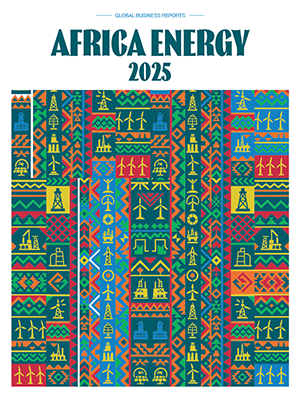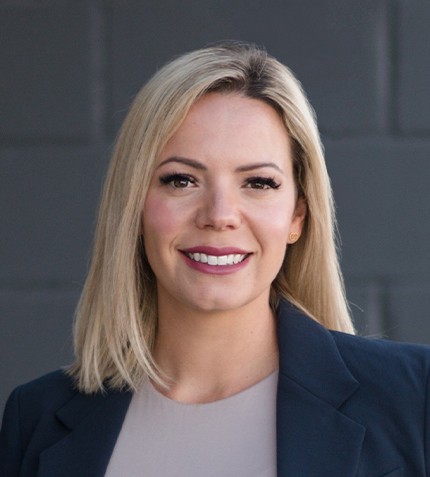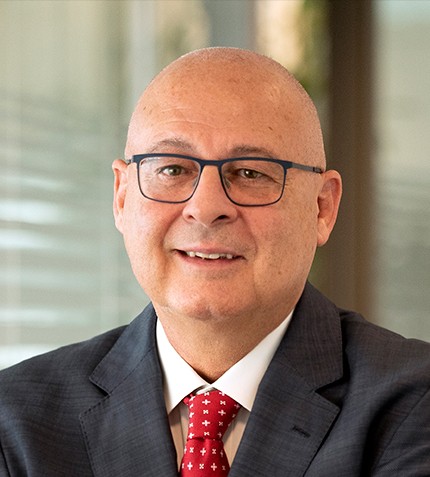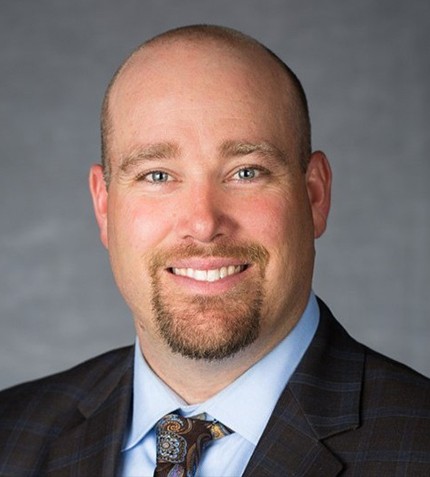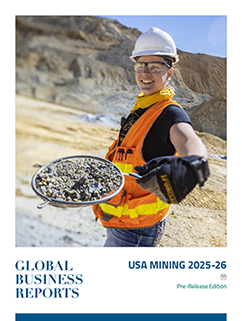
"Our vision for the coming year is modernizing, adapting, and promoting a cleaner, more competitive downstream sector."
RELATED PUBLICATION
ARTICLES FROM THIS PUBLICATION
Luís Fernandes
GENERAL MANAGER, PETROLEUM DERIVATIVES REGULATORY INSTITUTE (IRDP)
Can you explain the mandate of the IRDP?
The IRDP was formally established by presidential decree in 2013, but only became operational in 2018 with decree 133/18 of May 18th. Our mandate is to regulate, supervise and ensure quality control across Angola's downstream petroleum sector.
As a regulator, we license all downstream operators and accredit technical activities such as LPG installation piping networks and inspection of downstream related facilities. We also ensure compliance with defined quality specifications for all imported products. For instance, among other requirements, imported lubricants have to be certified by the American Petroleum Institute. We also collect samples and test them in labs if there is any suspicion of noncompliance with regulation. So, broadly, our work ensures safe, standardized, and legal petroleum product commercialization.
How does IRDP's focus on quality contribute to the competitiveness of Angola's downstream sector?
Currently, only about 25–30% of fuel is produced locally by the Luanda refinery, which has a capacity to process around 65,000 bpd of crude. The rest is imported. Most of our quality control work focuses on imports, ensuring all documentation and product specifications are met when they arrive in the country. That includes checking certificates and sometimes conducting our tests.
At the same time, we are supporting Angola's self-sufficiency strategy. Three new refineries are planned. The Cabinda refinery will come online in the second half of 2025. The Soyo refinery is delayed due to financing discussions, and the Lobito refinery is in its early stages. Additionally, Angola has increased storage capacity with the inauguration of the Barra do Dande ocean terminal. IRDP promotes investment by leveraging private investment and fair competition laws. We attend industry events to promote investment opportunities in the downstream sector and coordinate with local governments to promote investment in under-served areas of the country. These efforts focus on creating a vibrant downstream sector with quality at its core.
What are the main challenges to attracting investment in distribution and local infrastructure?
One major challenge is pricing. Fuel products like diesel, LPG, gasoline and kerosene are currently sold at fixed prices, which limits commercial margins and discourages investment. The government has gradually begun a process to remove subsidies, and we are already seeing investor interest increase.
We have been having discussions with companies from India, China and the UAE exploring investment opportunities. The problem is that while we have increased national storage, rural and inland areas often lack adequate storage and distribution. Many regions still do not have enough pumping stations, and people must travel long distances to access fuel. To address this, we are engaging with the banking sector. We intend to launch an initiative to bring financial institutions together with potential local investors to help them understand the downstream sector and explore tailored financing products.
What opportunities exist in the lubricant segment?
We see strong growth potential in lubricants. Car ownership is rising, industrial activity is increasing, and machinery imports are growing, yet Angola only has one lubricant factory operated by Sonangol, which meets just 17–20% of local demand.
We are actively promoting this as an opportunity for local production. Several foreign companies are preparing to enter the market, working through paperwork and setup processes.
In the long term, can Angola become a regional petroleum product exporter?
We support the idea, but the country still relies heavily on imports, and we must prioritize domestic supply. Most products are subsidized by the government, so allowing exports would increase financial losses. Nevertheless, there are limited cross-border legal arrangements, especially for people living near our borders.
Additionally, Angola and Zambia are negotiating the construct of a pipeline after the Lobito refinery comes online. This project would help position Angola as a regional export hub. The engineering phase is already underway.
What is IRDP's vision for the next year?
One key development is the preparation of a decarbonization plan for the oil and gas sector. Some private companies have already started using renewable energy at their facilities and we want to support this. The new refineries are also incorporating carbon reduction technologies. We will ensure that all regulations reflect these environmental requirements. That is our vision for the coming year—modernizing, adapting, and promoting a cleaner, more competitive downstream sector.




